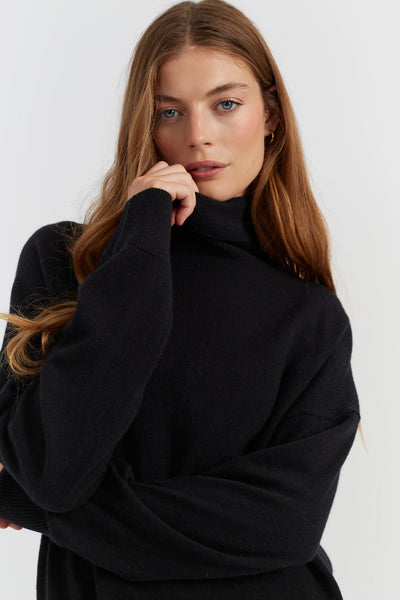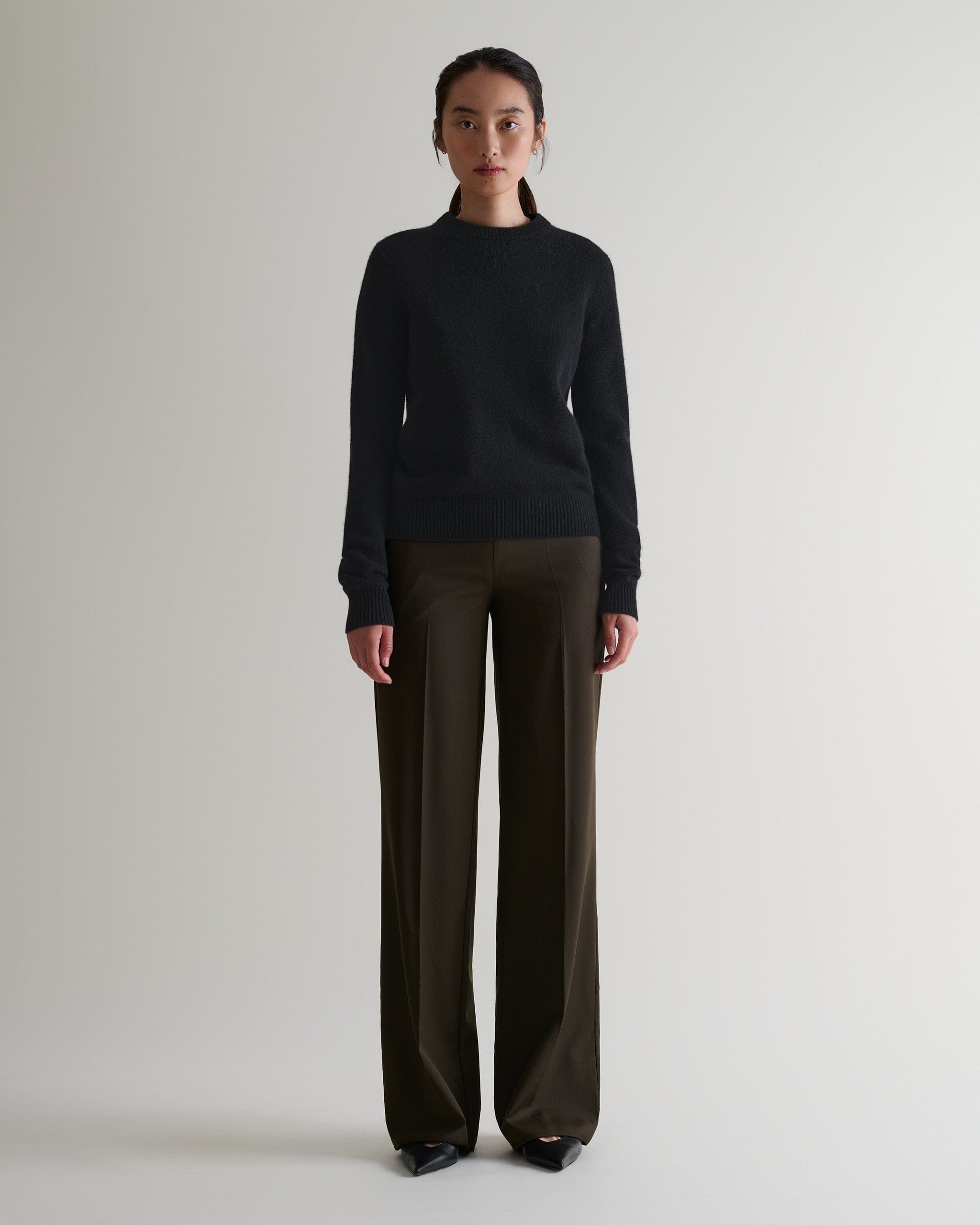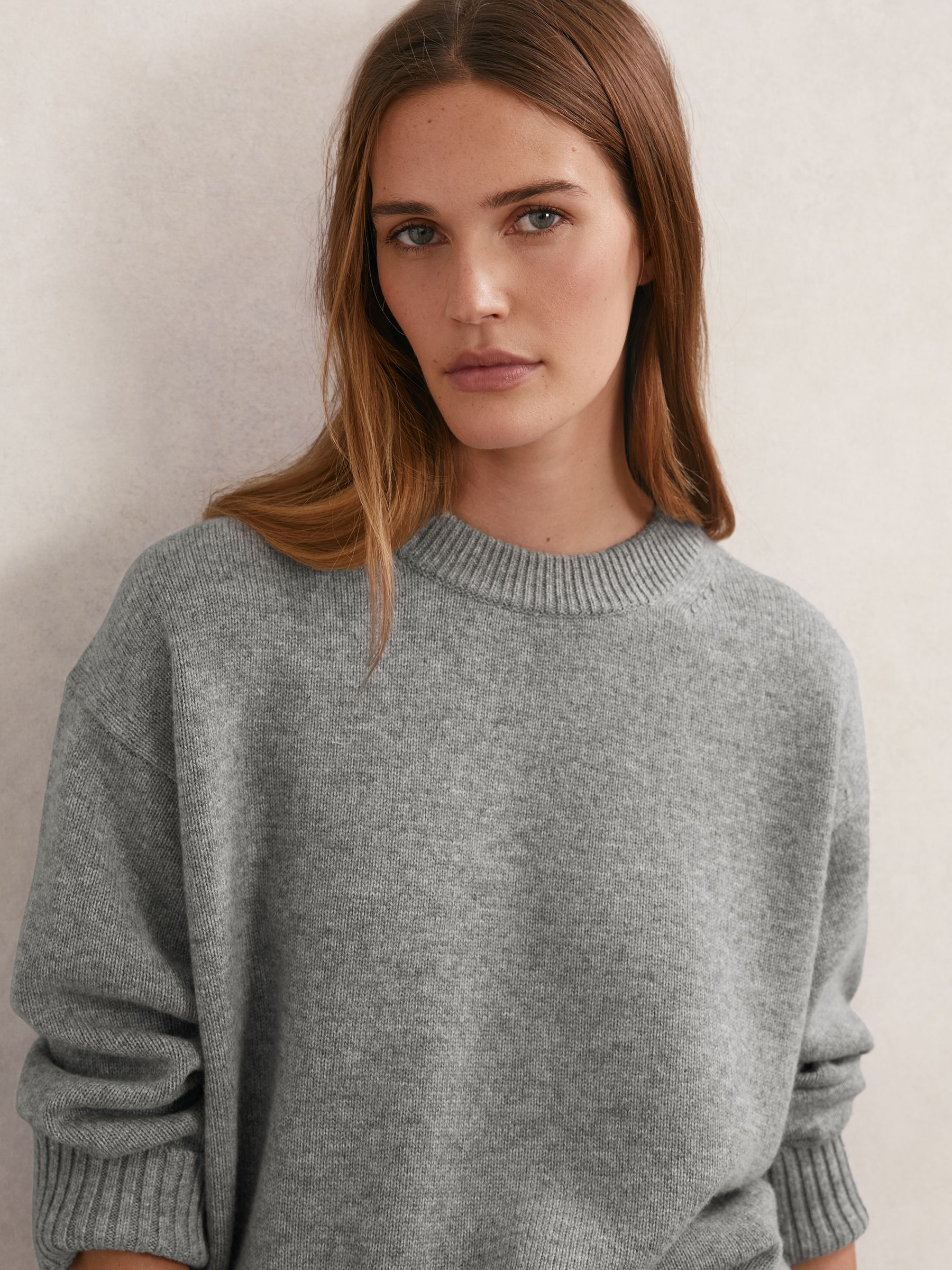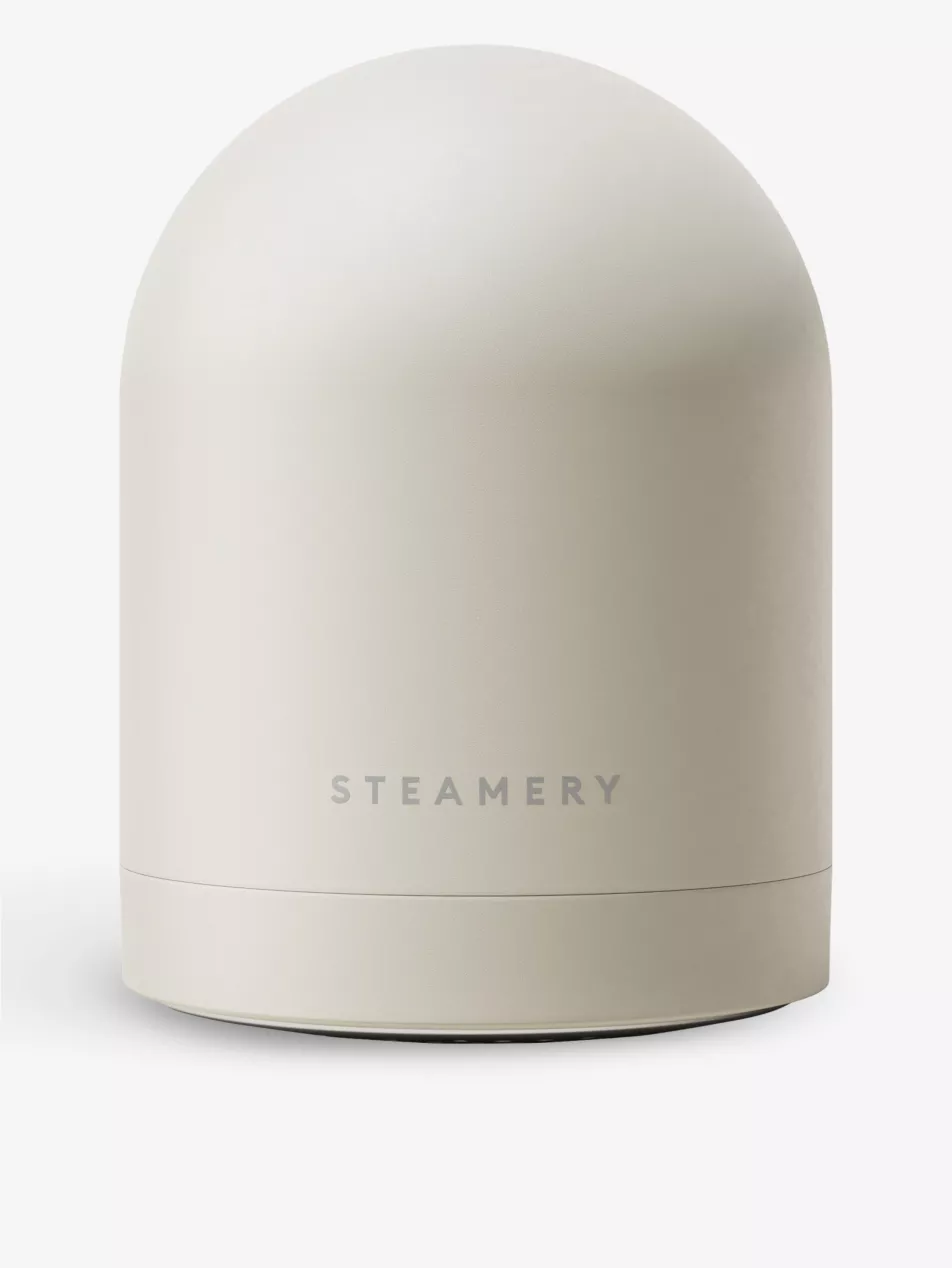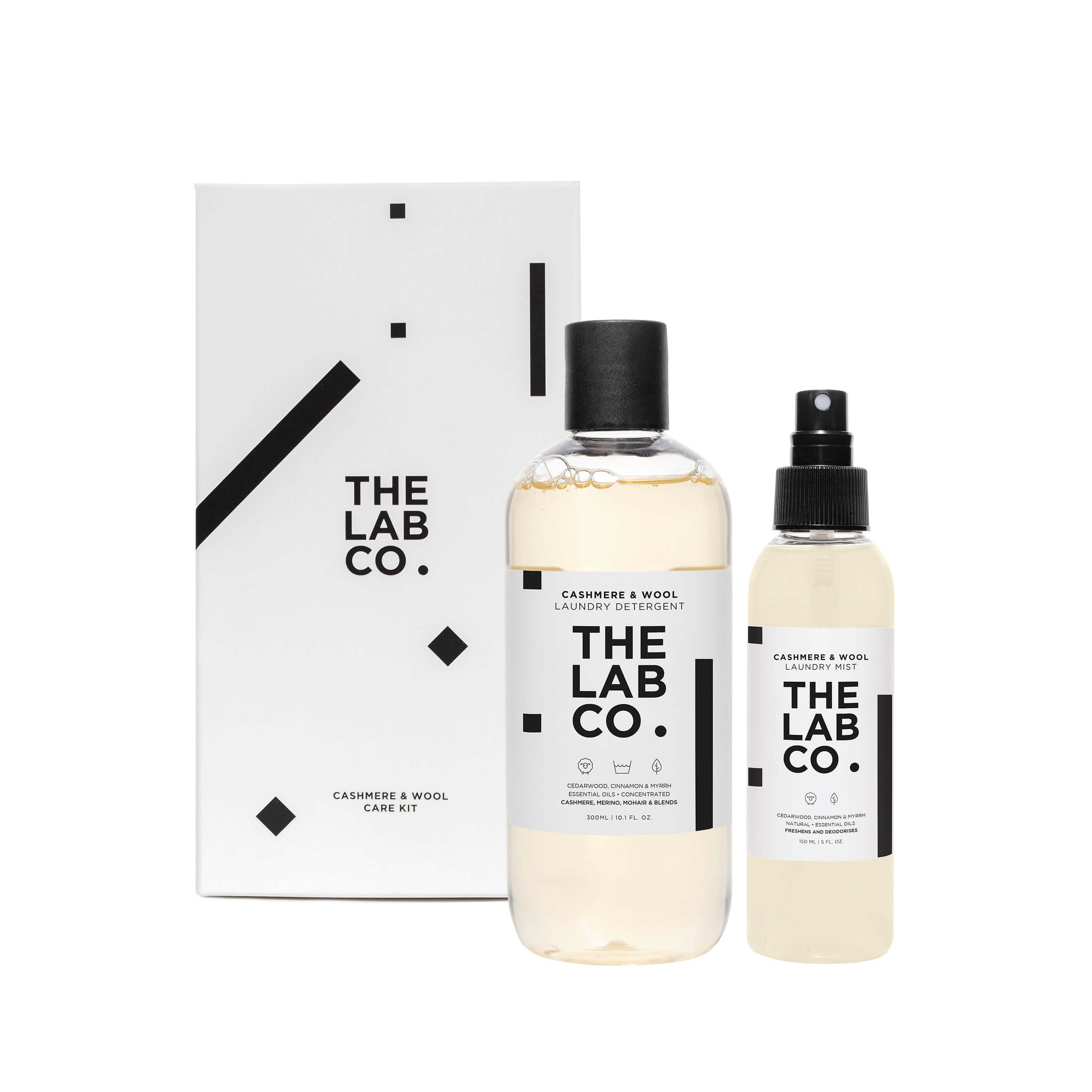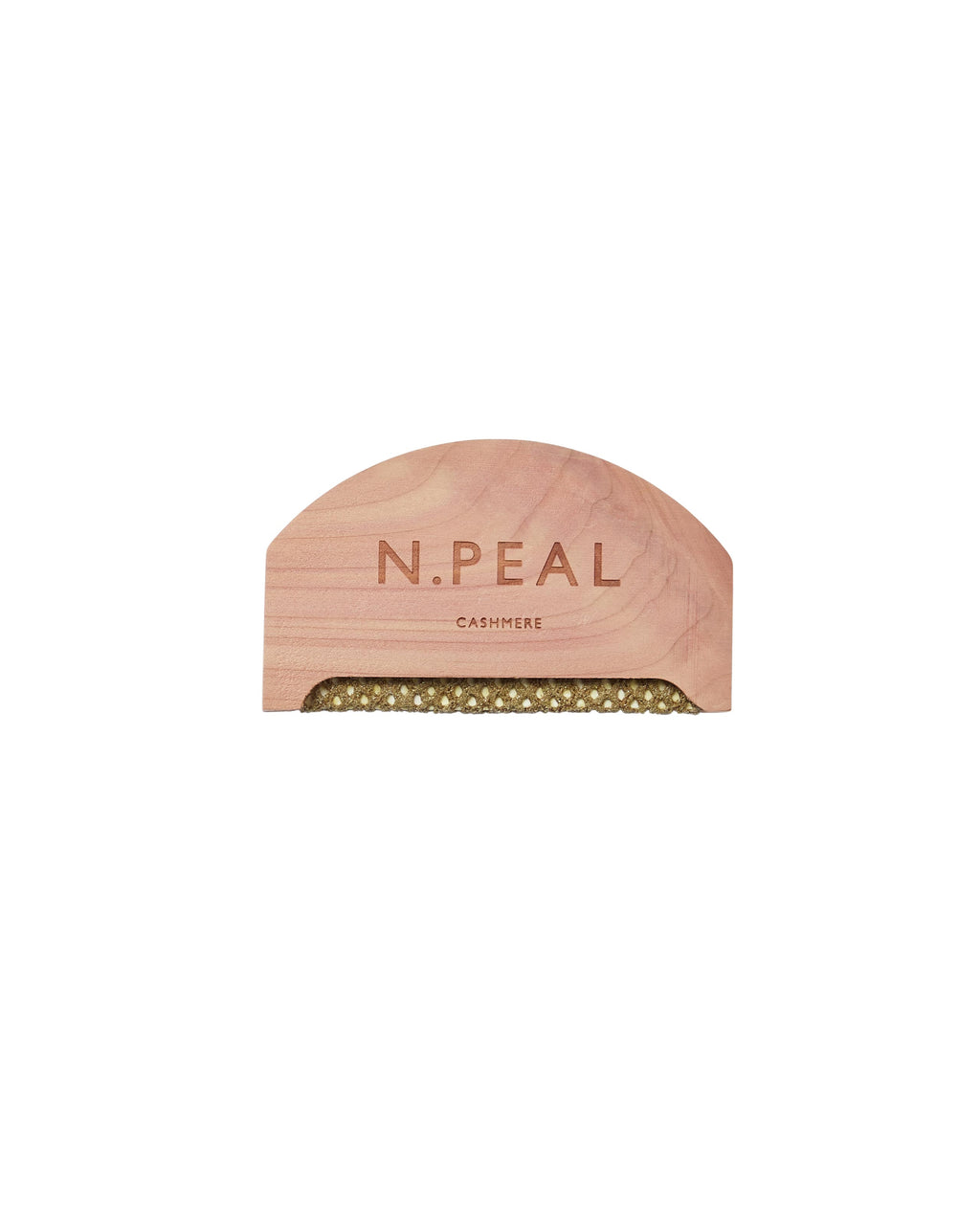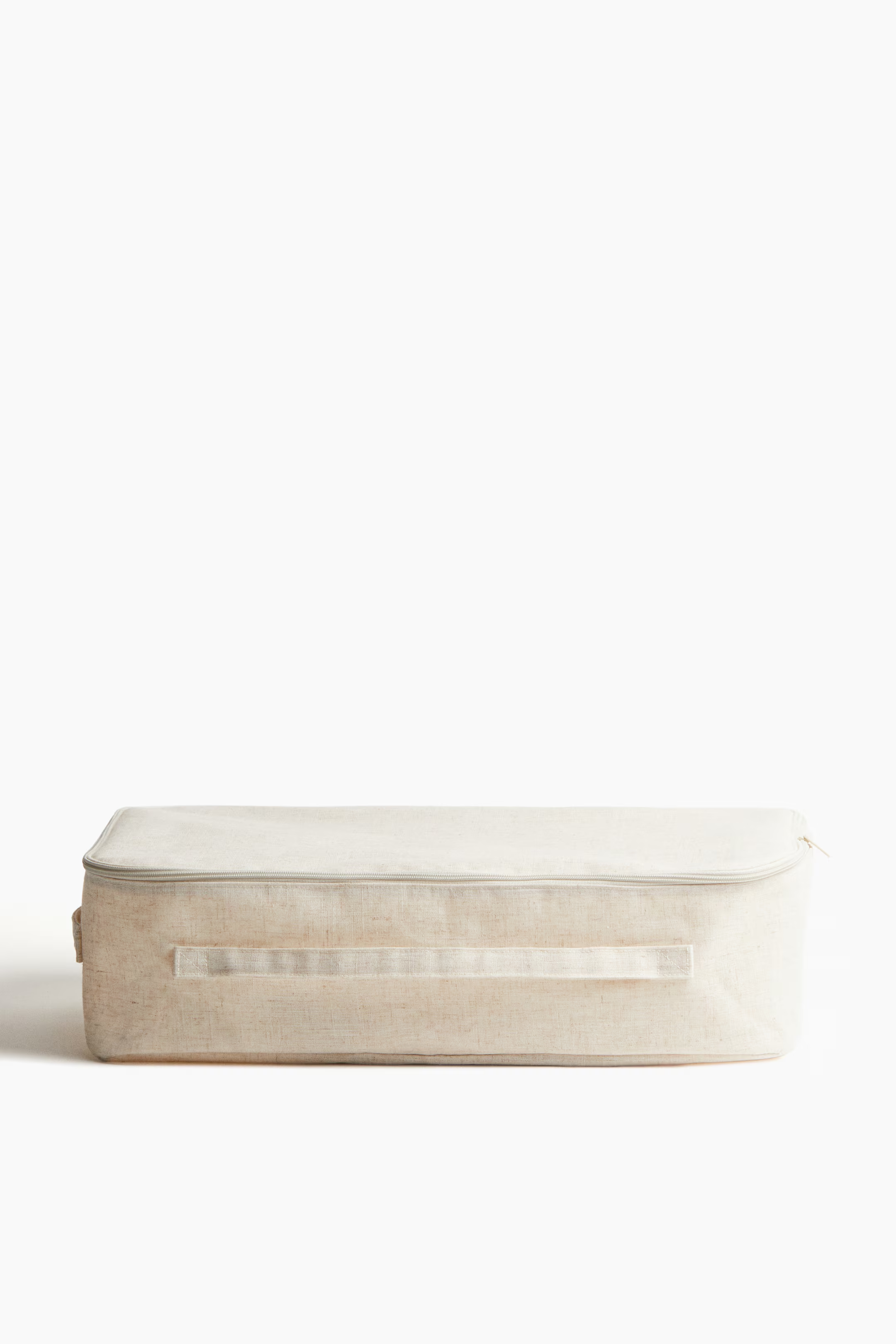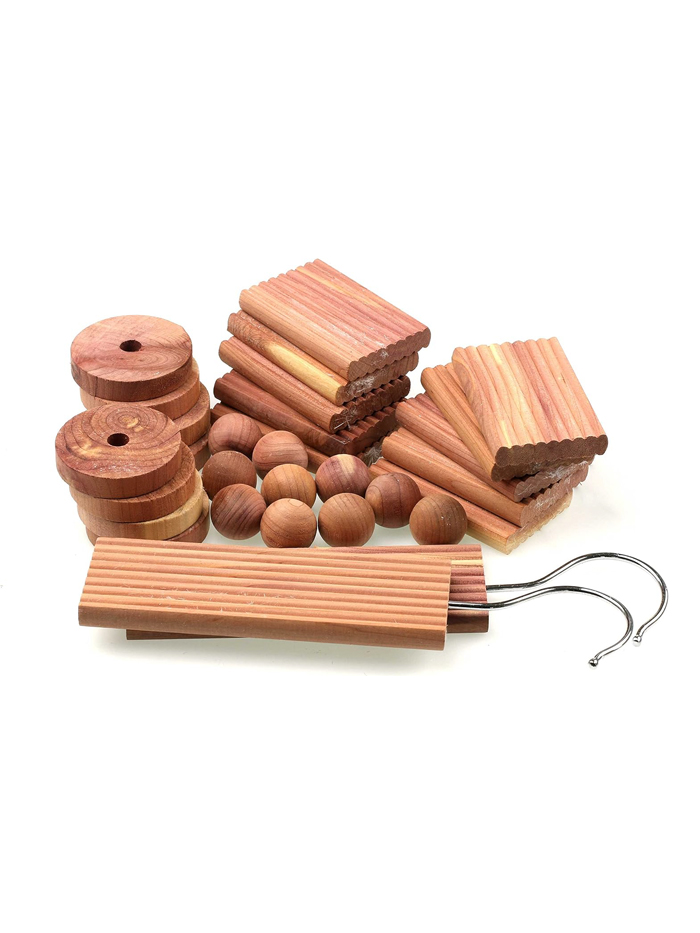This Is How Fashion Experts Look After Their Cashmere Jumpers
If cared for, a cashmere jumper can last you for at least 10 years. But when there are so many caveats around washing, storing and mending, how do you actually tend to this knitwear staple? Below, find every essential answer to all your burning questions.


- How to Look After Cashmere, According to Fashion Experts
- What is the Biggest Mistake When it Comes to Looking After Cashmere?
- Can You Wash Cashmere in a Washing Machine?
- How to Wash Your Cashmere?
- What is the Best Way to Store Cashmere?
- Should I Hang or Fold Cashmere Jumpers?
- Should you Use a Razor or Brush to De-Pill Cashmere?
- How to Deter Moths from Cashmere?
- How to Mend Cashmere After Getting a Moth Hole?
- Can You Freeze Cashmere?
- How Long Should a Cashmere Jumper Last?
- Shop the Best Cashmere Jumpers
- Shop the Best Cashmere Care Items
- Why Trust Us
I have a reputation for being obsessed with looking after my clothes. I'm often asked by people I know how to organise a wardrobe, given my own is like the epitome of a wardrobe storage idea, with everything in the right hanger, box or covering. Some items are best folded up in a drawer with a more than substantial amount of moth repellent. Important shoes are kept in their original boxes. I separate my tights from my neatly matched, rolled-up socks. I like to make things last and enjoy fussing over my precious items, new and old.
One thing I still don’t really know how to look after, though, is cashmere. How to care for cashmere? How does one wash cashmere at home? Is that a fashion crime? Should your cashmere jumper go in the freezer or something? Are there especially evil moths that will just come for my cosiest knits at a certain time of the year? How long can I wear a cashmere sweater for and expect it to last or look passable? Questions, questions!
Well, someone who basically speaks cashmere, Anna Singh, co-founder of Chinti Parker, kindly gave me the answers. So here’s her expert guide to caring for your cashmere pieces, which highlighted quite a few things I’ve been doing wrong over the years…
How to Look After Cashmere, According to Fashion Experts
Ahead, Singh shares her expert tips on caring for cashmere and maintaining that fresh feeling for so many seasons ahead. Answering every burning question you might have, scroll on below for everything you need to know.
What is the Biggest Mistake When it Comes to Looking After Cashmere?

As Singh tells me, you should never, under any circumstances, "put cashmere away dirty!".
"Sweat, hair and stains attract moths and make it more likely for female moths to find the perfect place for their eggs to hatch. Cashmere is a protein fibre—much like our own hair—and responds well to the same gentle washing approach. It’s best to wash your cashmere every three to four wears, even if it’s not visibly stained."
Can You Wash Cashmere in a Washing Machine?

Unfortunately, not. "We would never recommend using the washing machine, as the risks are far too high. The best way to wash your cashmere is by hand with a specialist cashmere wash, baby shampoo or gentle, low-alkaline detergent. The more alkaline the detergent is, the harsher it will be on your cashmere.
How to Wash Your Cashmere?
Once you have the right tools, head Singh's advice and follow these steps closely.
1. Separate Cashmere Into Colours
"If you’re washing more than one item, ensure you separate pieces into light and dark colour groups, start with the lightest colour first and use tepid water," Singh tells me.
2. Soak The Piece, Never Scrub
She continues: "Soak for 15 minutes and swish, lightly squish (technical term) the sweater around in the soapy water."
3. Handle The Wet Fabric With Care
"Next, gently press out the excess water, but never wring the sweater," Singh warns. "Always be careful not to stretch the fabric. This can sometimes happen to delicate cashmere weights under hard running water, so avoid this!
4. Remove As Much Excess Water as Possible
"Very wet cashmere can take days to dry," she adds. "Top tip—use a large salad spinner to remove any excess water. We find the spinners with a pull cord are the most effective.
5. Lay Cashmere to Dry Flat
The final step is almost the most important, Singh explains. "When it comes to drying, place your sweater on a large, flat towel and reshape it as it dries. Then, roll the sweater in the towel to remove any excess water, then reshape and lay flat to dry."
If, however, you have bought machine-washable cashmere, it will likely be fine so long as you follow the washing instructions. I would also recommend that you invest in a delicate or knitwear-specific washing detergent—Steamery has one that I really love.
What is the Best Way to Store Cashmere?
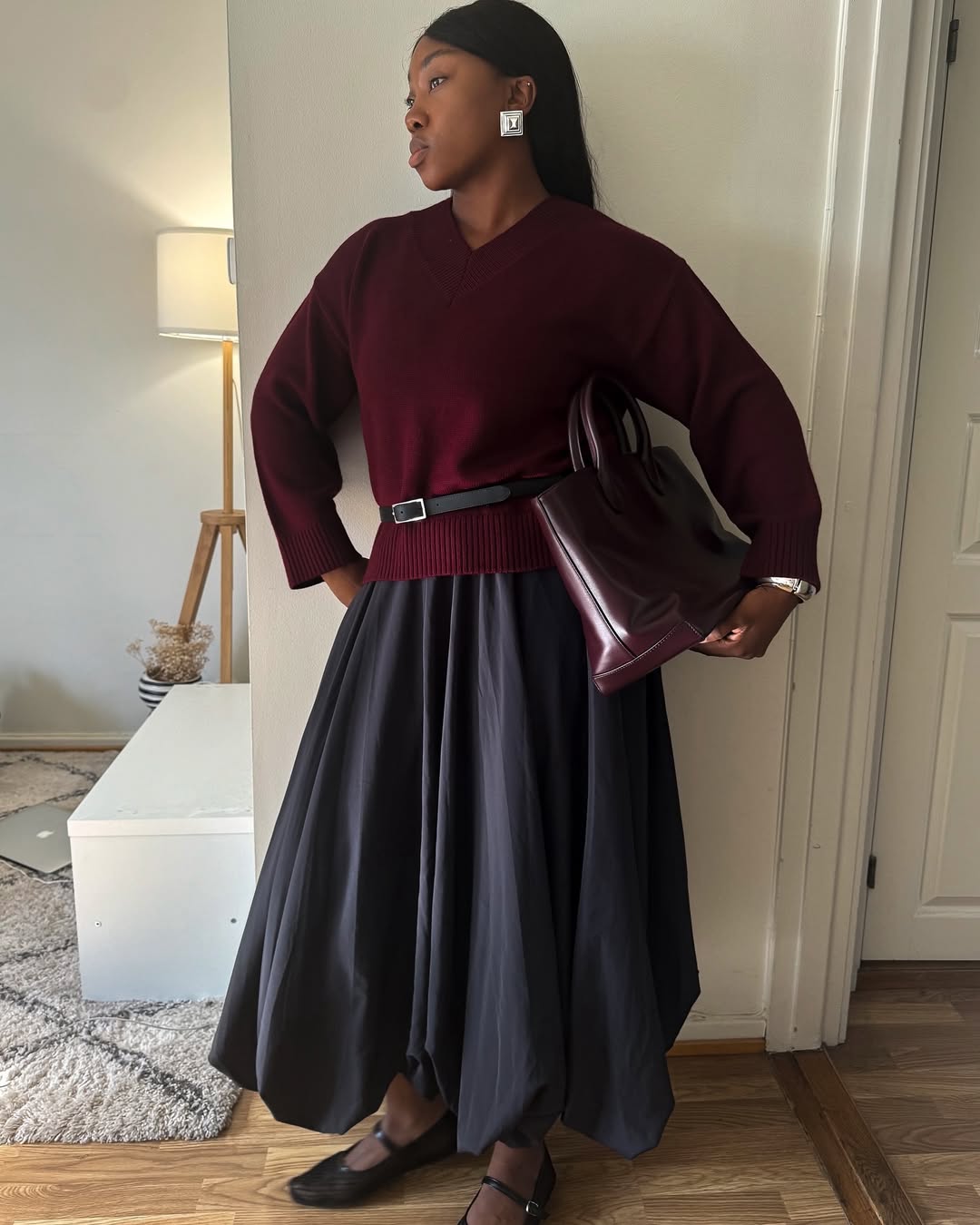
Washing is only part of tending to your cashmere collection. It's true, the way you store and preserve your garments is important to maintaining their longevity. "Store your cashmere in a drawer or storage box with cedar balls," Singh tells me. "These are great to store with cashmere, as moths don't like the smell. They need to be replaced each season since the smell will fade. We include one of these with each cashmere purchase from our website to get you started. Another great option that works is cedar oil."
Should I Hang or Fold Cashmere Jumpers?

Simply put, Singh tells me you should always fold your knitted garments. "Cashmere will stretch and lose its shape if it's hung," she explains. "Over time, a hanging sweater's sleeves will grow longer and longer and the shoulder seam will move down towards your elbows. Even if this is the style of the garment, it will visibly lose its look over time if you leave it hanging. Every evening in our showroom, we take samples off the rails and lay them on canvas fabric to ensure as little stretch as possible."
Should you Use a Razor or Brush to De-Pill Cashmere?
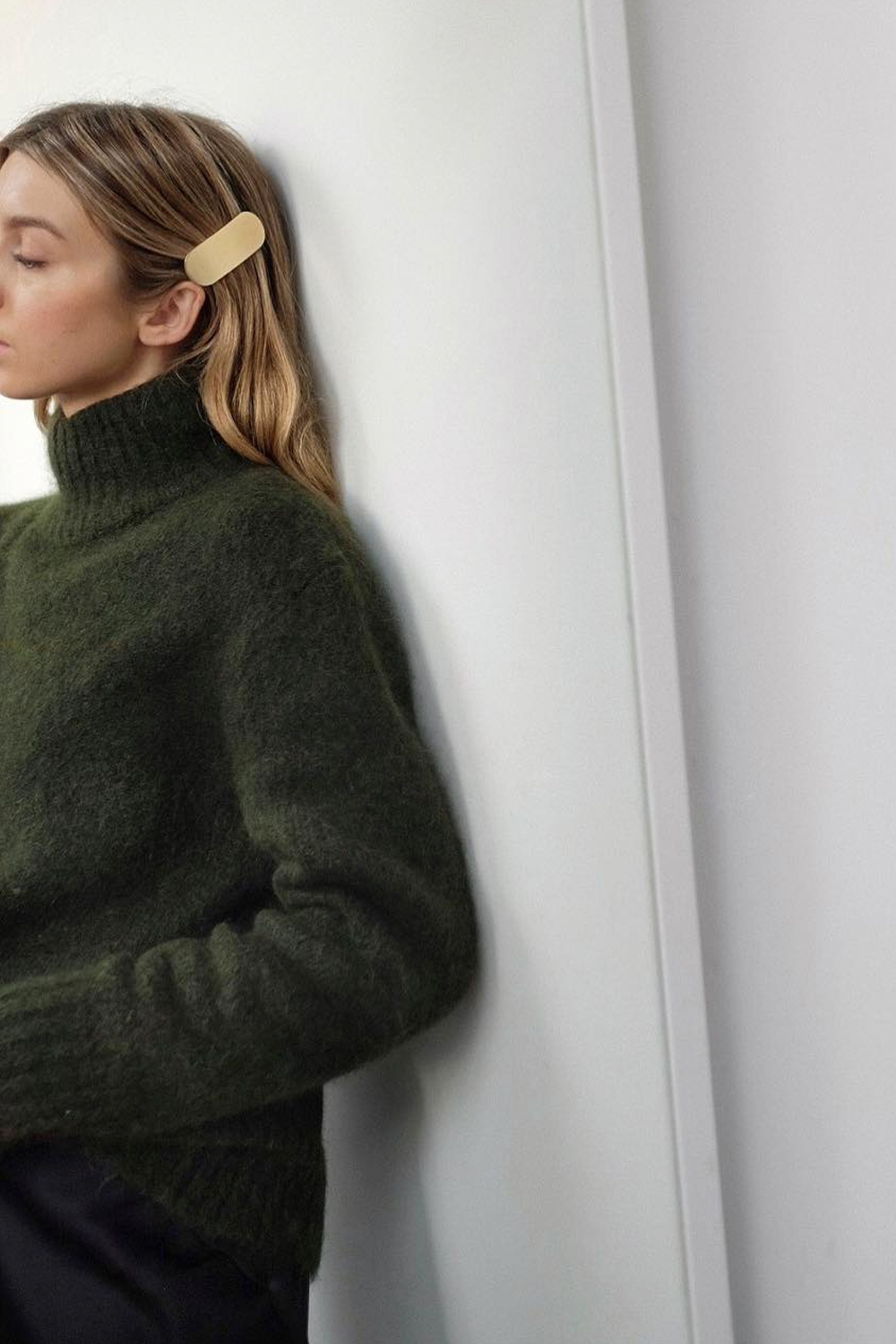
"To remove any pilling, you can use a razor, electric de-bobbler or cashmere comb," she notes. "Try to always remove the pills in this way, pulling them off by hand. The sweater will, over time, soften even more. It's a common misconception that pilling is linked to the quality of the cashmere itself; however, it's simply a natural occurrence and an inevitable consequence of the delicate processing of fine cashmere."
My favourite is the Steamery Pilo Fabric Shaver (£58), which you can buy from Arket and Amazon.
How to Deter Moths from Cashmere?

Moths and cashmere don't have to go hand in hand. "In addition to cedar balls, moths don't like the light or being disturbed. It's good to get into the habit of opening your drawers once a month and giving your cashmere pieces a good shake. To be extra safe, you can air out your clothes in the sun as larvae are strongly repelled by light and will fall from clothing."
How to Mend Cashmere After Getting a Moth Hole?

Of course! Holes are made to be mended, but it's best you proceed with caution. "If you need to repair any holes in a cashmere sweater, we recommend sending the piece to Love Cashmere Care Service in Hawick, Scotland. However, if you suspect a moth has caused the hole, ensure you freeze the piece ahead of sending."
Can You Freeze Cashmere?

So, you've heard about the famous 'put denim in the freezer to keep in clean' myth and are wondering if you can do the same with your knitwear. Well, according to experts, this isn't a work of fiction. "If you do see a moth flying around, the first thing to do is to try and kill the larvae and any eggs," says Singh. The easiest way to do this is to put the affected items into a sealed plastic bag and place them in the freezer for a week. Then take the bags out and let them return to room temperature. Wash and lay flat to dry."
How Long Should a Cashmere Jumper Last?

Cashmere jumpers aren't just a seasonal staple, and if cared for, they can last you over a decade. "At least 10 years, if you take care of it," says Singh. "I still have some of our original sweaters. It really just depends on how well you care for it. We strongly encourage and support our customers in taking care of their Chinti Parker garments. We include a step-by-step guide on our website to ensure product longevity."
Shop the Best Cashmere Jumpers
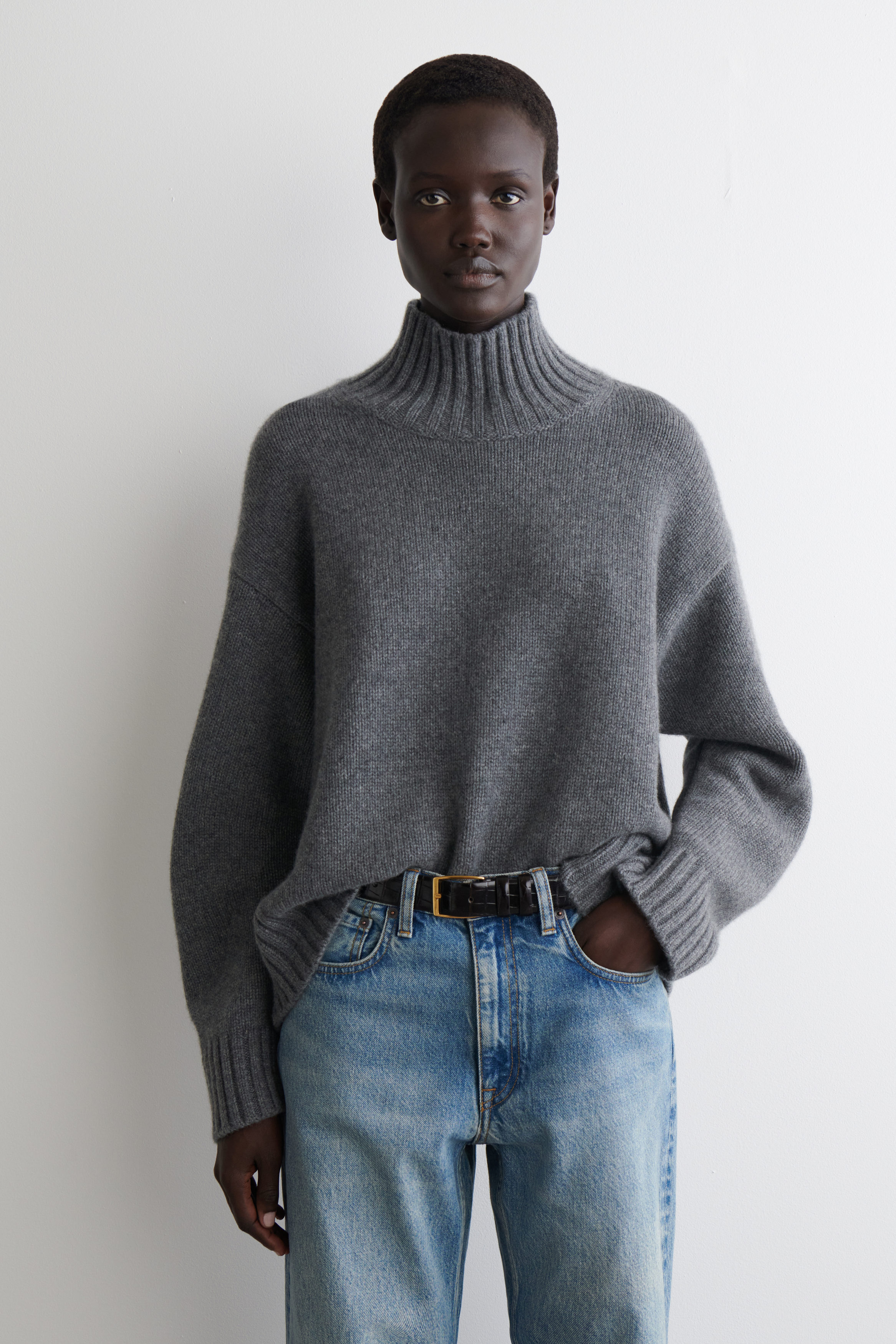
This is fast becoming a cult classic, courtesy of the chic ribbing around the cuffs and elegant funnel-neck shape.
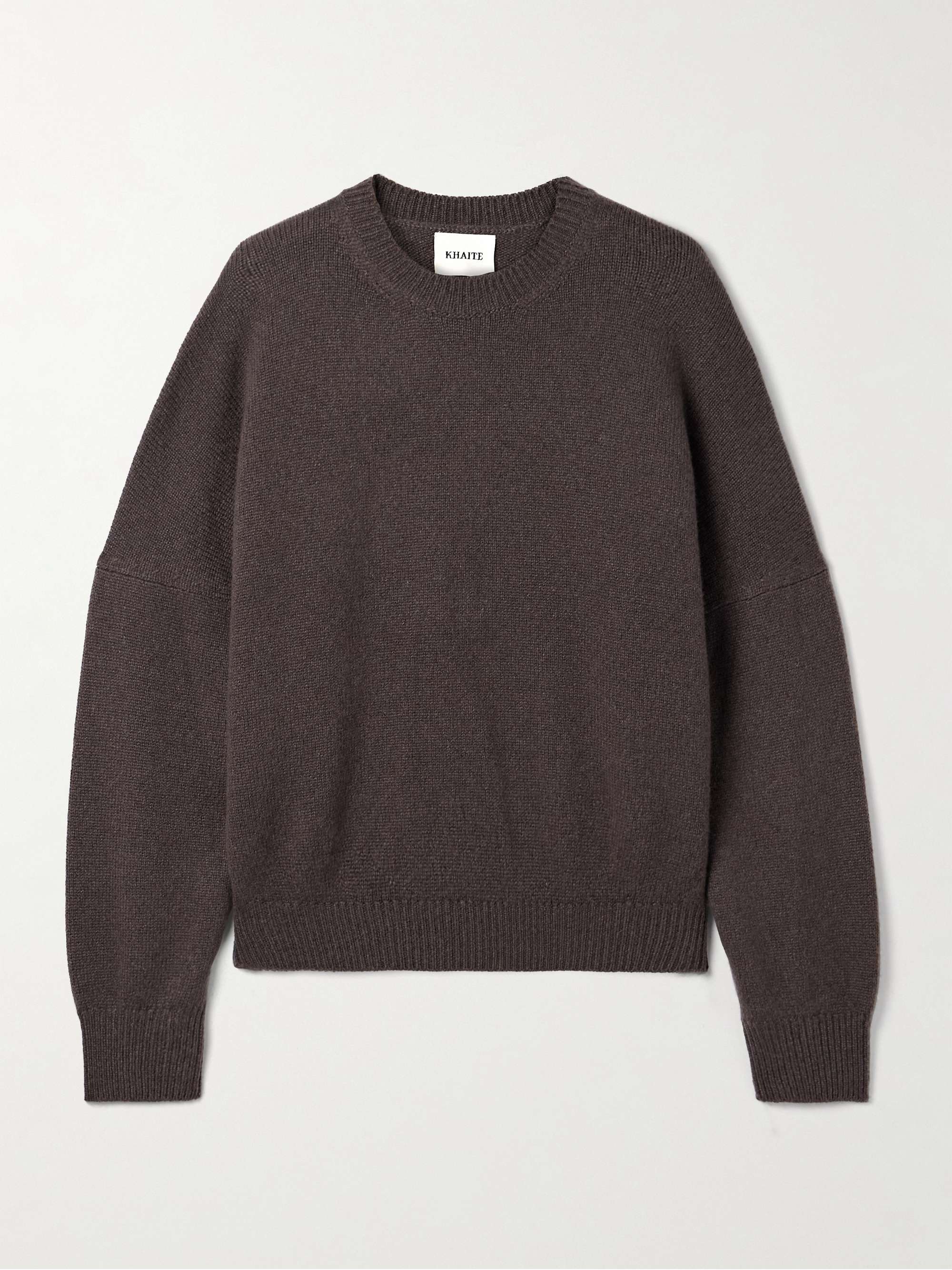
Manhattan-based brand Khaite might've become a household name with its famed cashmere bralette and cardigan set, but its extended knitwear range is worth familiarising yourself with.
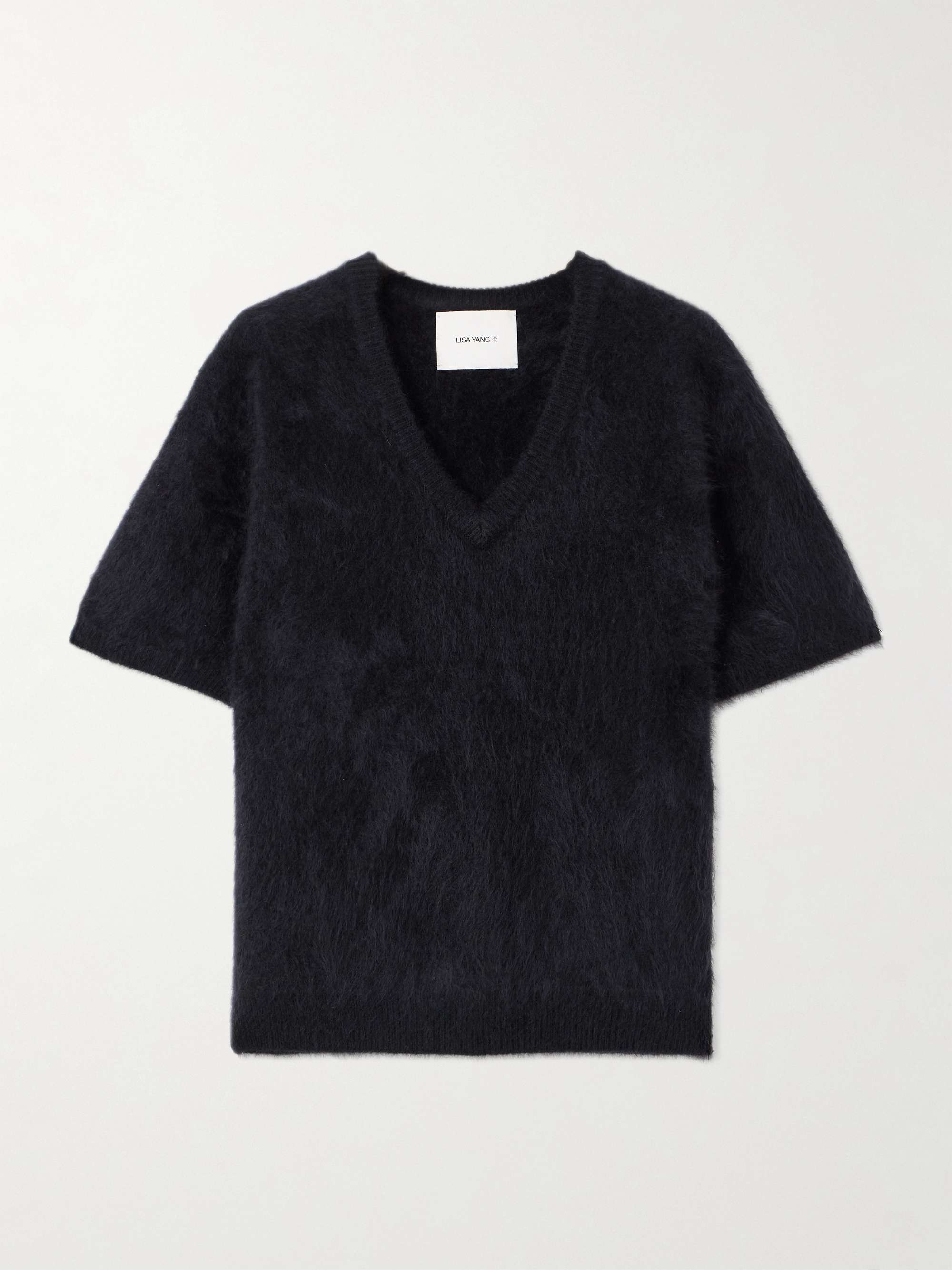
If you don't know—get to know. Scandinavian clothing brand Lisa Yang is quickly becoming one of the most in-demand names in the knitwear space.
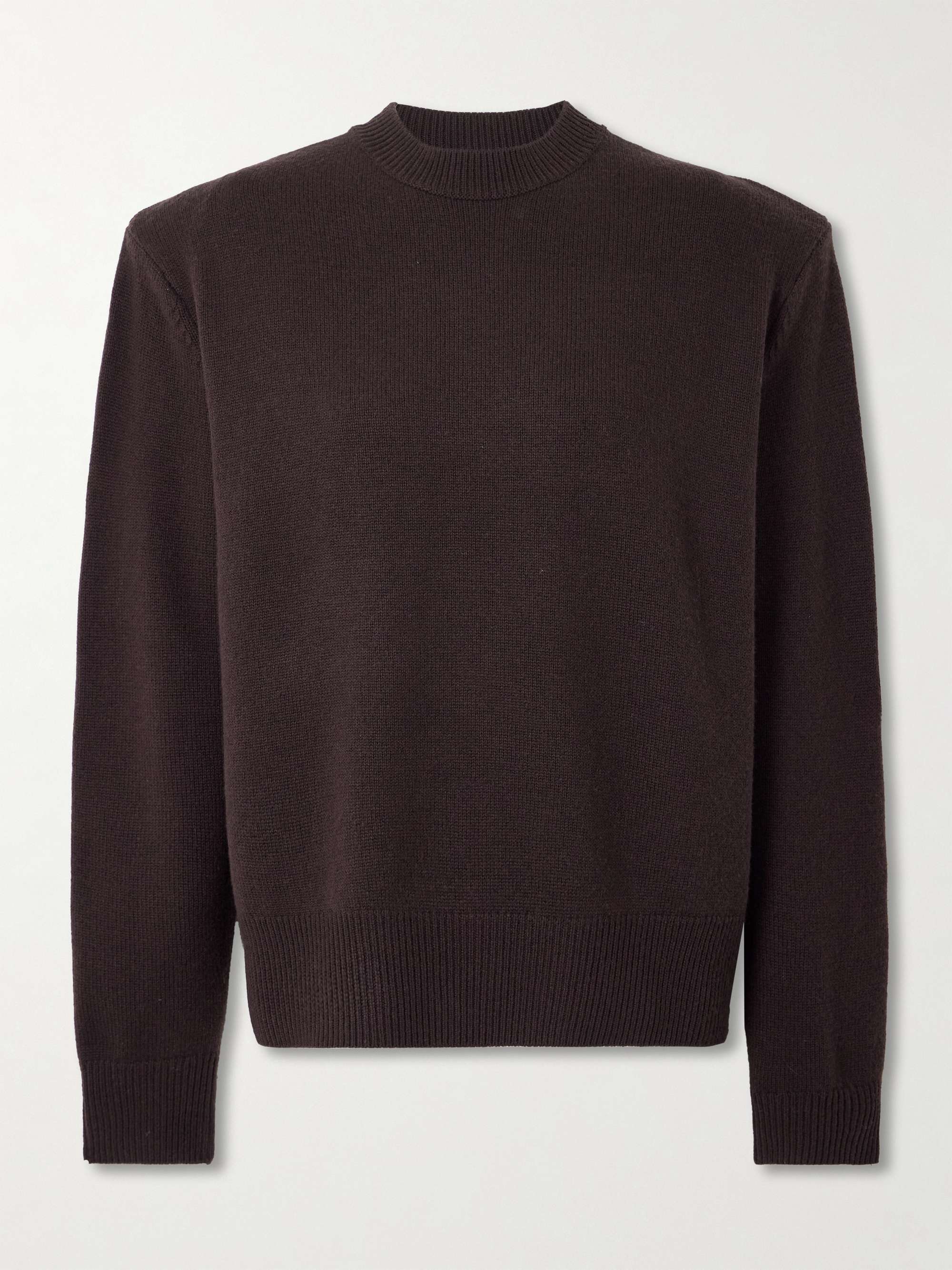
A cashmere sweater is the exact sort of thing you want to wear with polished trousers and sharp denim jeans, which is why The Frankie Shop has become a port of call for sourcing these complementary pieces.
Shop the Best Cashmere Care Items
Why Trust Us
AtBest Knockoff Luxury Clothing UK, fashion is our speciality. Our editors have years of industry experience, from reporting on seasonal fashion trends seen at international fashion weeks to working with some of the most recognisable names in fashion. Every item we recommend is carefully selected based on current trends, quality and real-world wearability.
We regularly try on pieces ourselves—everything from best-selling jeans to designer shoes—and speak to external experts and fashion insiders, staying closely connected to what our readers are searching for. Our advice is grounded in expertise, and each and every buy we feature has to meet our exceptional taste standards—so you can feel confident in every recommendation.

Hannah Almassi is the Editor in Chief ofBest Knockoff Luxury Clothing UK. She joined in 2015 when she launched the UK sister site following a seven-year tenure at Grazia magazine as fashion news and features editor. With experience in print and digital across fashion and beauty, Hannah has over 18 years of experience as a journalist, editor and content strategist. Her opinion has been sought by the likes of CNBC, BBC, The Sunday Times Style, The Times, The Telegraph and MatchesFashion.com and she is often called upon for her take on trends, becoming known as a person with their finger of the pulse of what’s happening in the fashion space for stylish Brits.
